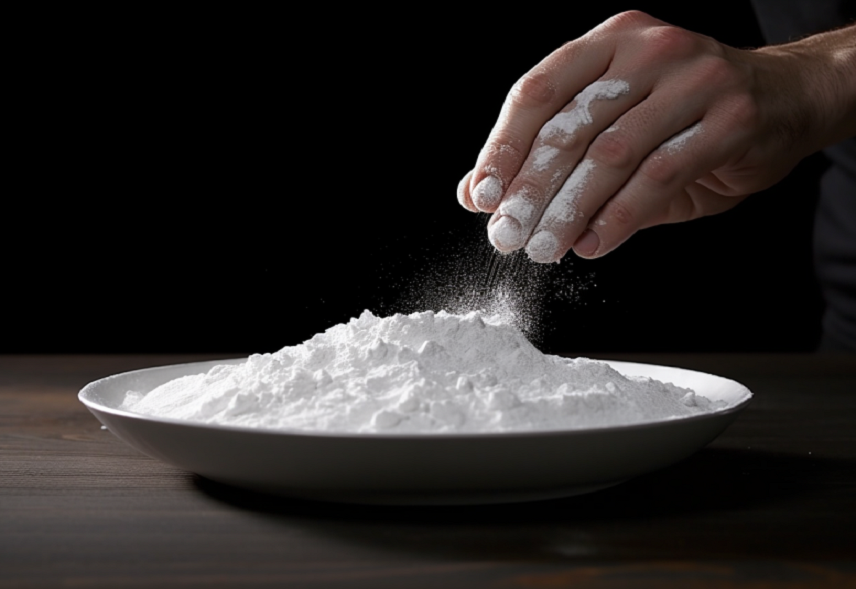
Gadolinium oxide, a compound composed of the rare earth element gadolinium and oxygen, has attracted much attention in recent years because of its wide range of applications. This article aims to shed light on exciting new applications of gadolinium oxide and advances in its synthesis.
Gadolinia has emerged as a promising candidate for high-performance energy storage systems. Its unique properties, including high ionic conductivity and stability, make it an excellent electrolyte material. By incorporating gadolinium oxide into batteries, their energy density, cycle life, and safety can be improved. This could pave the way for more advanced electric vehicles and grid storage systems.
The quest for efficient solar energy conversion has promoted the use of gadolinium oxide in photovoltaic devices. The use of gadolinium oxide as the window layer results in enhanced light absorption, reduced reflection loss, and improved overall device efficiency. In addition, gadolinium oxide can suppress the formation of bad interfacial layers, which helps to improve the stability and lifetime of solar cells. These advances hold great promise for the widespread adoption of renewable energy technologies.
Gadolinium oxide has long been used in the field of medical diagnostics, especially in the field of magnetic resonance imaging (MRI). Gadolinium-based contrast agents containing gadolinium oxide nanoparticles are administered to patients to improve the visibility of specific organs or tissues during MRI scans. The unique magnetic properties of gadolinium oxide improve imaging resolution and detect subtle anomalies. As researchers continue to improve gadolinium-based contrast agents, they aim to develop safer and more effective diagnostic tools to improve patient care.

For more information about gadolinium oxide in bioimaging, you can read this article: Gd2O3 Nanoparticles Synthesis, Properties, and Applications in Biomedical Imaging.
Nanostructured gadolinium oxide: The synthesis of nanostructured gadolinium oxide has made tremendous progress in recent years. The researchers developed innovative approaches such as sol-gel processes and hydrothermal techniques to control the size, shape, and surface properties of gadolinium oxide nanoparticles. These advances not only enable the precise tailoring of gadolinium oxide for specific applications but also improve its overall performance.
Doping and surface modification: Doping gadolinia with other elements or modifying its surface can further expand its potential applications. For example, the incorporation of dopants such as cerium or terbium can enhance the light-emitting properties of gadolinium oxide, making it suitable for optoelectronic devices and phosphors. Furthermore, the surface modification of functional groups can improve the dispersion and compatibility of gadolinium oxide in various matrices, thus opening up possibilities for catalytic and biomedical applications.
Related Post: Gadolinium Oxide as a Catalyst for Chemical Synthesis
Gadolinium oxide is constantly finding new applications and seeing exciting developments in various industries. Its unique properties, coupled with recent advances in synthesis techniques, have expanded its use in battery technology, solar cells, medicine, and more. As researchers continue to explore the potential of gadolinium oxide, we can expect further breakthroughs that will help enable a greener, more sustainable future. Whether enabling better energy storage solutions or improving solar energy conversion efficiency, gadolinium oxide is at the forefront of emerging trends and developments in materials science.
For more information about rare earth materials, please visit our homepage.
Eric Loewen
Eric Loewen graduated from the University of Illinois studying applied chemistry. His educational background gives him a broad base from which to approach many topics. He has been working with topics about advanced materials for over 5 years at Stanford Materials Corporation (SMC). His main purpose in writing these articles is to provide a free, yet quality resource for readers. He welcomes feedback on typos, errors, or differences in opinion that readers come across.

 Inquiry List
Inquiry List

